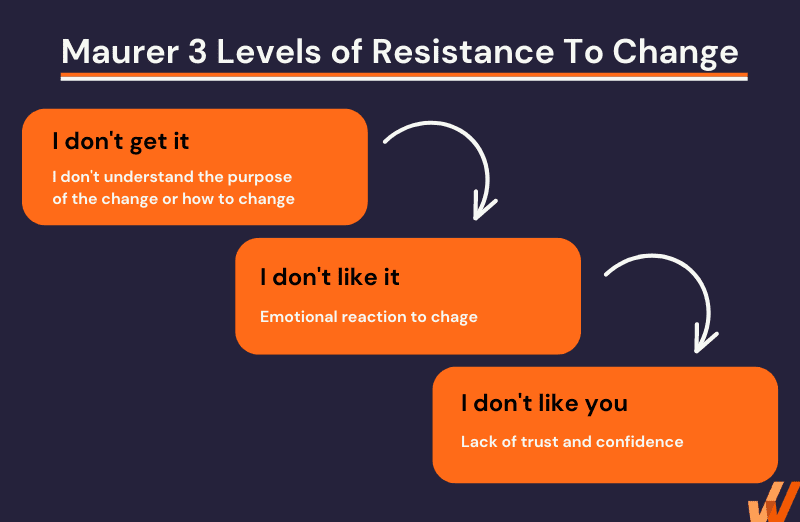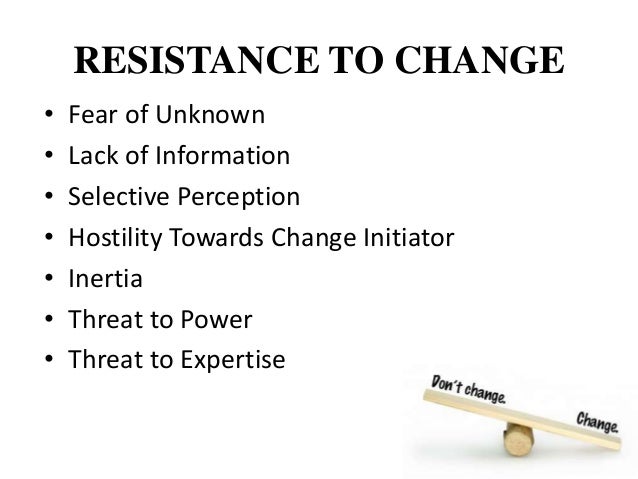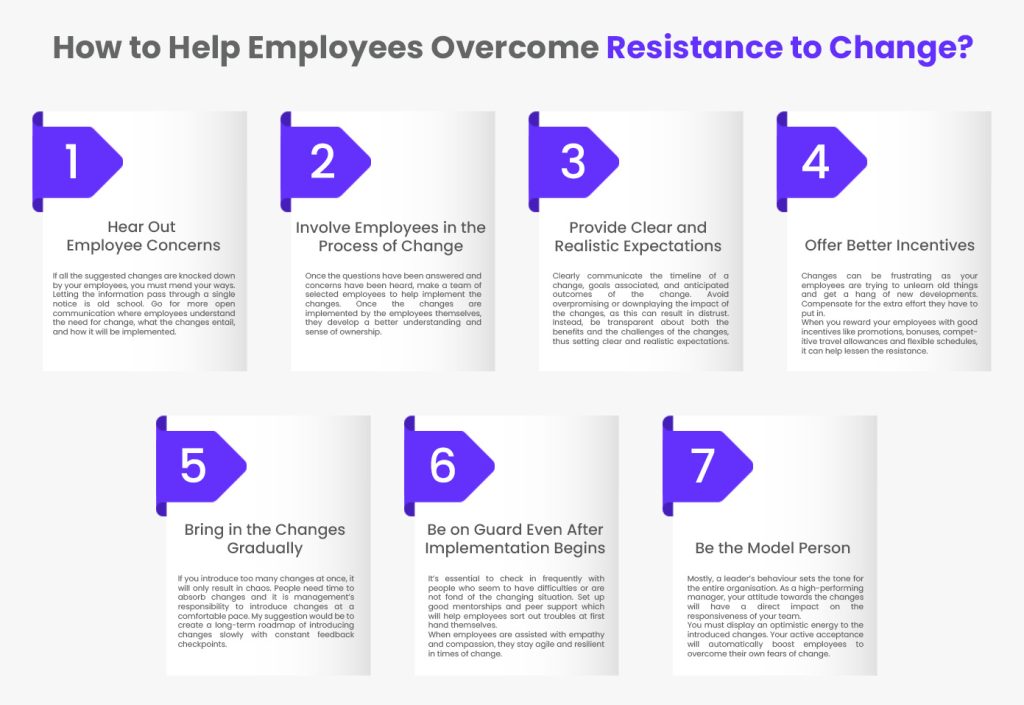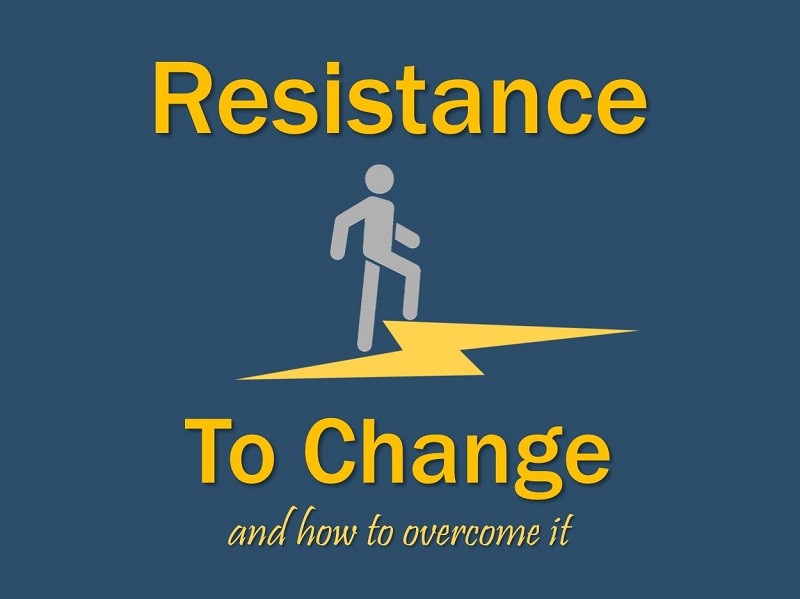How To Overcome Resistance Of Change
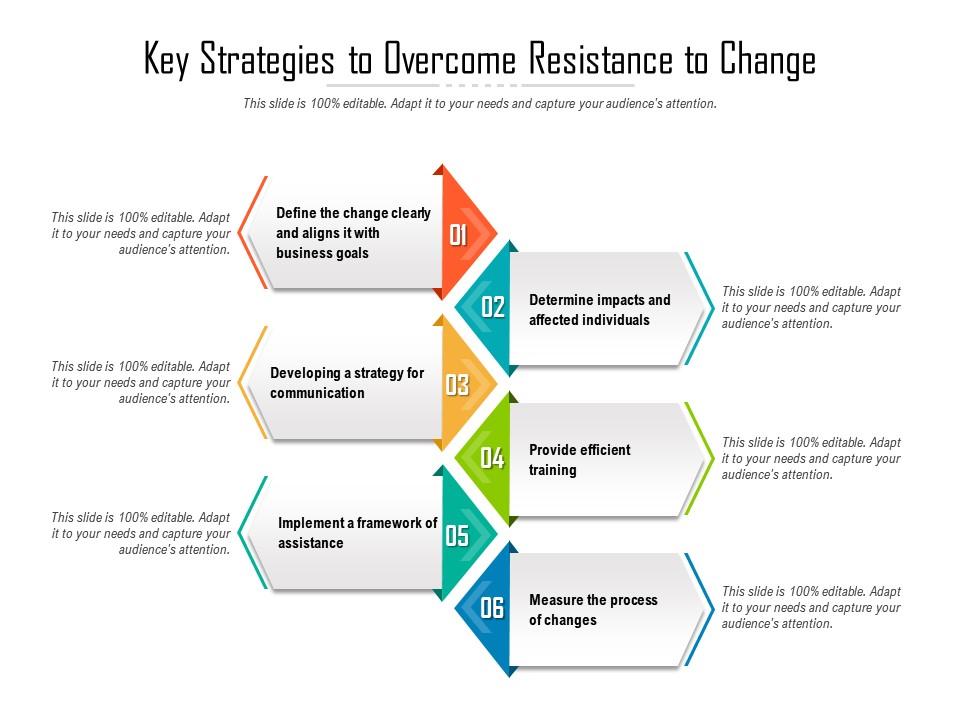
Resistance to change is a common human experience, manifesting in various settings from personal lives to organizational transformations. Overcoming this resistance is crucial for progress, adaptation, and ultimately, survival in a constantly evolving world. Understanding the root causes of this resistance and implementing effective strategies to mitigate it is paramount.
This article explores practical methods for individuals and organizations to navigate and overcome resistance to change, drawing on expert opinions and established management principles. The goal is to provide actionable insights that foster smoother transitions and more successful adaptation in the face of new challenges. By examining the psychological underpinnings of resistance and offering targeted solutions, this piece aims to empower readers to become more effective agents of change.
Understanding the Roots of Resistance
Resistance to change is rarely arbitrary. It often stems from a complex interplay of factors, including fear of the unknown, perceived loss of control, and concerns about competence. Dr. Emily Carter, a leading organizational psychologist, emphasizes the importance of acknowledging these underlying emotions. "People resist change because they fear what they don't understand or what they believe will negatively impact them," she explains.
Another key factor is the disruption of established routines and habits. Our brains are wired to seek efficiency, and change often forces us to expend more energy adapting to new ways of doing things. This can lead to feelings of frustration and reluctance, especially if the perceived benefits of the change are not immediately apparent.
Building a Foundation for Acceptance
Overcoming resistance begins with establishing a foundation of trust and open communication. Transparency is crucial. Organizations and individuals must clearly articulate the reasons for the change, the expected benefits, and the potential impact on stakeholders.
Involving stakeholders in the planning and implementation process can also significantly reduce resistance. When people feel like they have a voice in shaping the change, they are more likely to embrace it. This can be achieved through surveys, focus groups, and open forums where concerns and suggestions can be addressed.
Providing adequate training and support is equally important. Change often requires new skills and knowledge. Ensuring that people have the resources they need to succeed in the new environment can alleviate anxiety and boost confidence.
"Investing in training is not just about imparting skills; it's about demonstrating that you value your people and their ability to adapt," says John Davis, a change management consultant.
Strategies for Managing Resistance
Several established strategies can be employed to effectively manage resistance to change. One common approach is the use of pilot programs. These allow organizations to test the change on a smaller scale, identify potential problems, and make adjustments before implementing it more broadly.
Another effective strategy is to celebrate early successes. Highlighting positive outcomes can help to build momentum and demonstrate the value of the change. This can be done through internal communication channels, such as newsletters, team meetings, and recognition programs.
Addressing resistance requires active listening and empathy. Leaders must be willing to listen to concerns and address them thoughtfully. This involves validating people's feelings and acknowledging the challenges they may be facing. Ignoring or dismissing resistance is a surefire way to exacerbate it.
The Role of Leadership
Leadership plays a critical role in overcoming resistance to change. Leaders must be visible, supportive, and communicative throughout the entire process. They must also be willing to lead by example, demonstrating their own commitment to the change.
Effective leaders understand that change is not a one-time event but rather an ongoing process. They are constantly monitoring progress, providing feedback, and making adjustments as needed. They also foster a culture of learning and adaptation, where people are encouraged to embrace new ideas and experiment with new approaches.
In summary, overcoming resistance to change requires a multifaceted approach that addresses the psychological, emotional, and practical aspects of the transition. By understanding the root causes of resistance, building a foundation of trust, and implementing effective strategies, individuals and organizations can navigate change more successfully and achieve their desired outcomes.






